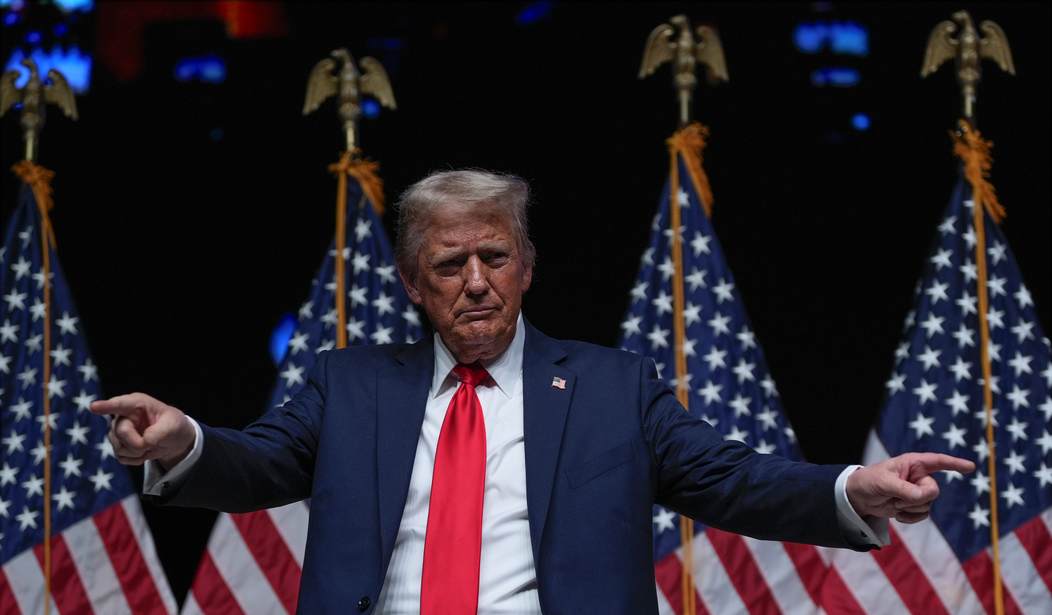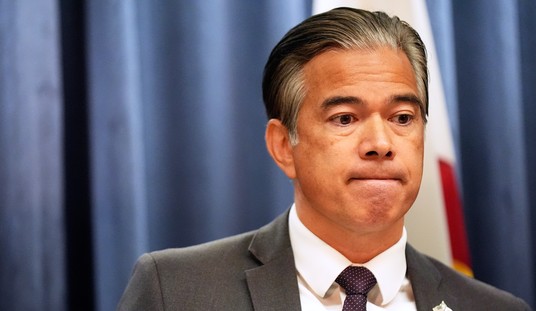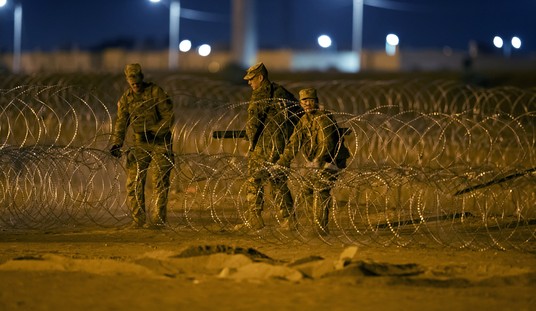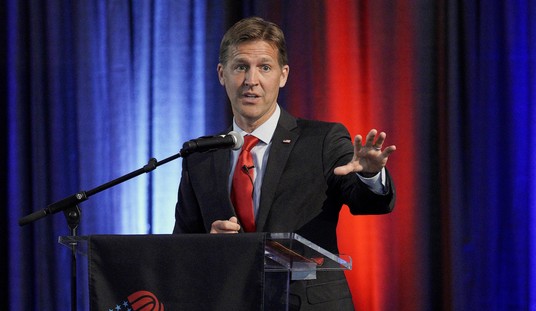Remember how pollsters underestimated Donald Trump's strength in his last two campaigns? Will they miss again?
RCP gives us a running comparison of his current aggregated polling average and the same data on the same date four and eight years earlier. To take Pennsylvania as the best example, Trump currently leads Kamala Harris by a razor-thin 0.3 points as of yesterday afternoon. Eight years ago on Nov. 3, Hillary Clinton led by 2.8 points and lost the state by 0.7, a miss by 3.5 points. Four years ago, the miss was nearly the same, as Joe Biden led the RCP average by 4.3 points and ended up winning by only 1.2 points.
The big question this cycle has been whether pollsters have corrected for that issue and improved their reach among lower-propensity respondents. Until now, we haven't seem much data on that question, which has more or less frozen the interpretations of polling data. Yesterday, however, the New York Times' Nate Cohn included a key note at the end of his report on the latest NYT/Siena polling results. The non-response bias is not just real, Cohn writes, but it may be as spectacular as the last two cycles:
Four years ago, the polls were thought to underestimate Mr. Trump because of nonresponse bias — in which his supporters were less likely to take surveys than demographically similar Biden supporters.
It’s hard to measure nonresponse bias — after all, we couldn’t reach these demographically similar voters — but one measure I track from time to time is the proportion of Democrats or Republicans who respond to a survey, after considering other factors.
Across these final polls, white Democrats were 16 percent likelier to respond than white Republicans. That’s a larger disparity than our earlier polls this year, and it’s not much better than our final polls in 2020 — even with the pandemic over. It raises the possibility that the polls could underestimate Mr. Trump yet again.
That may be yuuuuge, considering the results from Siena. They contain a couple of outliers in Harris' favor, but with this kind of non-response bias, they look perhaps even more questionable.
Final NYT/Siena battleground poll results:
- Arizona: Trump +4
- Georgia: Harris +1
- Michigan: Trump +1
- Nevada: Harris +3
- North Carolina: Harris +3
- Pennsylvania: Even
- Wisconsin: Harris +3
Here are the current RCP averages, with the 2020 and 2016 misses in parentheses, respectively:
- Arizona: Trump +2.9 (-0.9, +0.5 favoring Trump)
- Georgia: Trump +2.3 (-0.1, -0.5)
- Michigan: Harris +0.6 (-2.3, -5.3)
- Nevada: Trump +1 (-1.2, +4.4 favoring Trump)
- North Carolina: Trump +1.5 (-1.6, -1.8)
- Pennsylvania: Trump +0.3 (-3.1, -3.5)
- Wisconsin: Harris +0.3 (-5.9, -6.2)
Just note for a moment that the Siena polls seem to be outliers in some states, especially Nevada, where early voting data has clearly shown the GOP with an enthusiasm advantage. In PA, early voting data shows the GOP trailing but by several hundred thousand fewer ballots than four years ago. The same kind of data exists with more ambiguity in North Carolina as well. At least Nate Silver can't accuse Siena of herding.
The question here is whether Siena has attempted to adjust for this non-response bias. Polls use voter-turnout models that are basically educated guesses, especially those employing likely voter screens. If they have adjusted for the 16% differential that Cohn reveals, then perhaps we should not look for a surprise showing of Trump support after Election Day like we saw in the last two elections.
However, I am skeptical that any such adjustment was made. First, Cohn only mentions that they "account" for this, but doesn't specify a particular adjustment. Second, he leaves this to the end, as a kind of afterthought. And third, I very much doubt that an adjusted outcome accounting for this problem would produce a Harris +3 in Nevada, North Carolina, and Wisconsin.
That doesn't mean it's not possible, of course. This is also educated guesswork on our part. However, this level of non-response bias centered on what should be a strong Trump demo, combined with early-voting and party-affiliation and registration shifts in this cycle, strongly suggests that we may see a wide underestimation of Trump support ... again.
But don't take that for granted. Get out and vote, and take some friends with you.








Join the conversation as a VIP Member